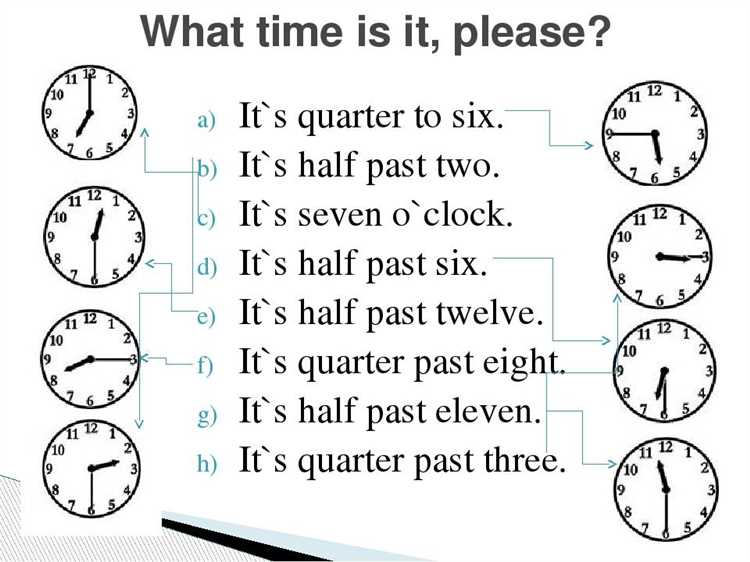Unlocking Efficiency: The Significance of Estimated Arrival Times (ETA) and Precision Forecasting
When it comes to planning a trip or managing a project, it is absolutely crucial to have an accurate estimation of arrival times (ETA). ETA refers to the anticipated time when a person or object is expected to reach their final destination or point of completion. This estimation relies on a variety of factors and strategies that help provide an approximation of the expected arrival time.
The calculation of estimated arrival times entails using historical data, algorithms, and predictive models to determine the projected duration of a journey or task. By analyzing past data and considering current circumstances, an ETA can be calculated by taking into account variables like distance, speed, traffic congestion, and weather conditions.
Diverse industries depend on estimated arrival times to optimize their operations and enhance efficiency. For instance, transportation companies utilize ETA to provide real-time updates to their customers, enabling them to plan their activities accordingly. Similarly, project managers employ ETA to assign resources and establish deadlines, ensuring timely completion of tasks.
Prediction plays a crucial role in estimating arrival times. By leveraging sophisticated algorithms and machine learning methods, we can create predictive models that improve the accuracy of Estimated Time of Arrival (ETA). These models examine live data and take various factors into account to deliver a more precise forecast of the anticipated arrival time.
Estimation of Arrival Times (ETA)
When it comes to navigating through traffic or planning a trip, having an exact estimation of the time of arrival (ETA) is essential. The ETA indicates the anticipated time at which an individual or vehicle is projected to reach their intended location. This estimation relies on a combination of factors and computations, such as distance, velocity, traffic circumstances, and past information.
Approximation and Prediction
Estimating arrival times involves both approximation and prediction. Approximation involves calculating an estimated time using known factors like distance and average speed. Prediction, on the other hand, considers additional variables such as real-time traffic updates and weather conditions to make a more accurate estimation. These predictions can be further improved through the utilization of advanced algorithms and machine learning models.
Strategies for Estimation
To enhance the precision of ETA prediction, there are several tactics that can be implemented. One prevalent approach is to take historical data and patterns into account, including the mean travel durations for a particular route at various times of the day or week. This enables a more precise forecast of travel times based on past experiences.
Another tactic involves integrating real-time data, such as traffic congestion and road closures, into the estimation. This can be achieved by utilizing GPS tracking systems and algorithms that analyze the current traffic conditions to revise the projected arrival time accordingly.
The Importance of ETA
Having a precise estimated time of arrival (ETA) is crucial for both individuals and businesses. It enables individuals to effectively manage their time and plan their daily activities. Meanwhile, businesses rely on accurate ETAs for efficient logistics and supply chain management, guaranteeing timely delivery of goods and services.
Moreover, the estimated arrival time plays a vital role in setting expectations and minimizing passenger or customer anxiety and frustration. It empowers them to organize their activities accordingly, providing a sense of assurance and control over their schedule.
To sum up, the calculation of estimated time of arrival (ETA) requires a blend of estimation and forecasting techniques relying on diverse variables. Tactics like taking into account past data and integrating live updates can bolster the precision of such estimations. An exact ETA holds essential significance for efficient time management, logistics, and instilling confidence in individuals and enterprises.
Expected Time of Arrival
An anticipated arrival time (AAT) is an approximate time when a vehicle or an individual is anticipated to reach their intended destination. It is a significant component in estimating arrival times and has a paramount role in transportation planning and managing logistics.
The AAT is determined by considering different factors, such as the expected distance to be traveled, the velocity at which the vehicle or individual is moving, and the forecasted traffic conditions throughout the journey. It is an approximation and can be subject to variation due to unforeseen circumstances.
To ensure an accurate Estimated Time of Arrival (ETA), various strategies and technologies can be employed. One popular method involves utilizing GPS tracking and real-time traffic information to continuously monitor the progression of the journey. This information is then combined with historical traffic patterns and algorithms to estimate the anticipated arrival time.
The predicted arrival time is frequently conveyed to the user via a mobile application or navigation system, enabling them to plan their activities accordingly. This forecast can assist individuals and businesses in making well-informed decisions regarding scheduling, resource allocation, and customer service.
The reliability of the estimated time of arrival (ETA) depends on the quality of the available data and the accuracy of the prediction algorithms used. The predicted ETA can be affected by various factors such as road conditions, weather, and unexpected events. However, thanks to advancements in technology and data analysis techniques, the accuracy of these estimations has greatly improved over time.
To summarize, the ETA is an essential metric for transportation and logistics management. It is determined by approximating multiple factors and aids in effective planning for individuals and businesses. While the ETA is an estimation, continuous technological advancements contribute to enhancing its accuracy.
Arrival Time Estimation
Arrival Time Estimation (ETA) is a technique used to make an educated guess about when a destination will be reached. It involves calculating and estimating the expected arrival times based on various factors.
The approximated arrival time is calculated by taking into account data such as current speed, remaining distance, traffic conditions, and historical travel patterns. By analyzing these factors, a projection of the expected arrival time can be made.
The forecasting of arrival times is extremely important in many industries and applications. For instance, in transportation and logistics, accurate ETA estimates are crucial for efficient planning and scheduling. Similarly, in ride-sharing services, customers depend on ETA information to plan their activities.
Various techniques and algorithms are utilized in order to estimate the arrival times. These methods encompass the examination of historical data, the real-time gathering of information, and the implementation of machine learning algorithms. Through the consideration of multiple data points and the application of mathematical models, it becomes possible to obtain a more accurate approximation of the estimated time of arrival.
On the whole, the estimation of arrival times is an invaluable tool that imparts vital information for making well-informed decisions and optimizing operations. By accurately anticipating the projected time of arrival, businesses and individuals are able to enhance efficiency, minimize expenses, and elevate levels of customer satisfaction.
ETA Approximation Strategy
To calculate the expected time of arrival (ETA), it is crucial to accurately estimate how long it will take to reach a destination. The ETA plays a significant role in planning and coordinating activities, so it is important to have reliable estimations. To achieve this, it is necessary to implement a well-defined approach for approximating the ETA.
A common strategy for ETA approximation involves predicting traffic conditions in real-time. This involves analyzing historical traffic data and taking into account current factors such as congestion, road closures, and accidents. Using an approximation algorithm, the expected time needed to reach the destination can be calculated.
An important aspect of the ETA approximation strategy involves the utilization of advanced algorithms that consider multiple factors. These algorithms take into consideration not only the distance to be traveled but also variables like vehicle speed, average traffic speed, and the complexity of the route. By combining these parameters, a more precise estimate of the ETA can be obtained.
Another approach in the ETA approximation strategy includes the employment of machine learning techniques. Through training models with historical data and incorporating various features such as time of day, day of the week, and weather conditions, these models can provide predictions regarding the anticipated time of arrival. This method significantly enhances the accuracy of ETA estimations.
To sum up, a successful approach to estimating ETA relies on employing sophisticated algorithms and machine learning methods for analyzing up-to-the-minute traffic situations and past data. By taking into account multiple variables and integrating diverse factors, one can attain dependable ETA predictions, thereby facilitating optimal planning and organization of tasks.
Video:


